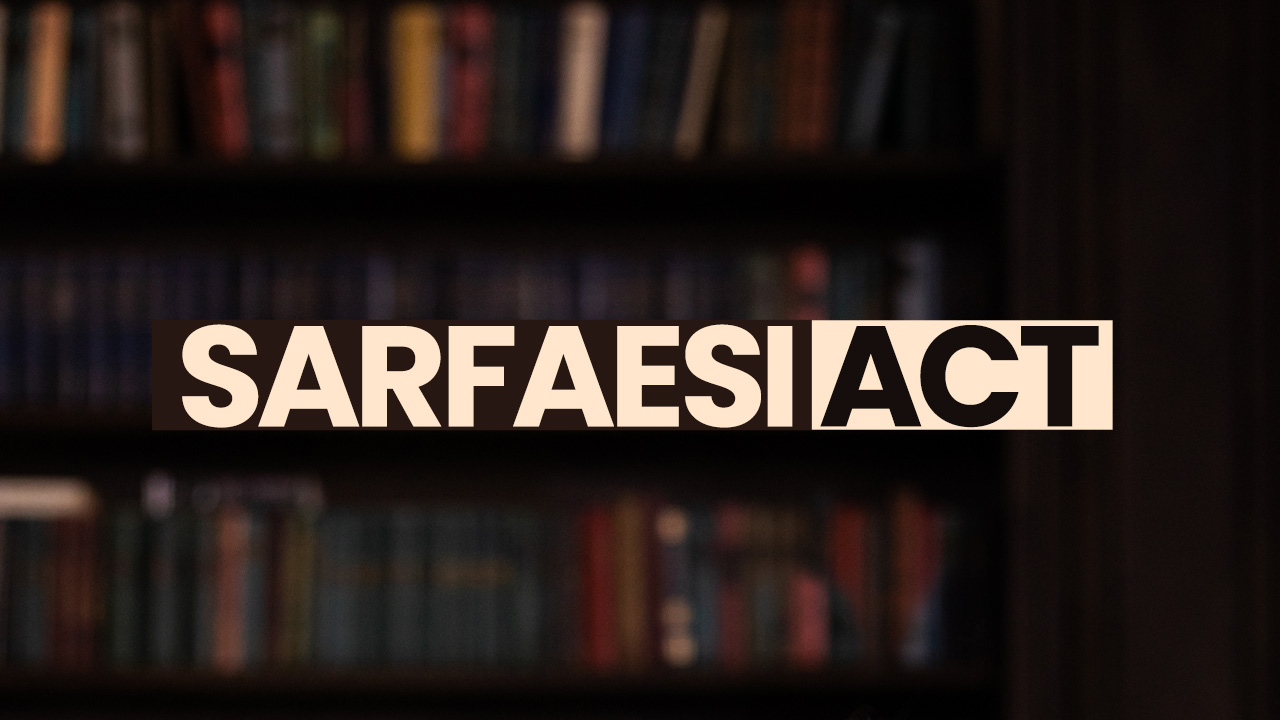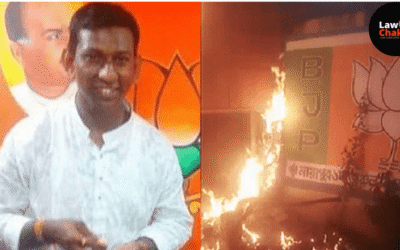[SARFAESI Act] Incumbent Upon Borrower To Proactively Approach Lender To Avail Benefits Of Revival Or Restructuring: Bombay High Court


The Bombay High Court dismissed a writ petition filed by Manoj Lalwani, Director of Ritu Automobiles Pvt. Ltd., challenging HDFC Bank’s recovery proceedings under the SARFAESI Act, terming the plea as an “attempt to stall the auction” of secured assets.
The division bench of Justices M.S. Karnik and N.R. Borkar found that the petitioner had no locus to file the petition, as the company was already under liquidation following the commencement of Corporate Insolvency Resolution Process (CIRP) under the Insolvency and Bankruptcy Code (IBC). “Once liquidation has been initiated, all powers of the board of directors vest with the liquidator. The petitioner, as a former director, has no statutory authority to pursue the writ,” the Court noted.
The petitioner had sought multiple reliefs, including a declaration that RBI and Central Government failed to implement the MSMED Notification dated 29.05.2015, quashing of SARFAESI and IBC proceedings as unconstitutional, compensation for alleged tortious acts by the bank, and prohibition against declaring the petitioner a willful defaulter. The petitioner claimed a violation of the MSME rehabilitation framework and argued that no corrective action plan was explored prior to declaring the company’s account a Non-Performing Asset (NPA).
The respondent-bank stated that the classification of NPA was done as per RBI’s prudential norms and after providing adequate opportunities to the petitioner for repayment.
While the Court agreed with the bank that the Petitioner has no statutory authority to institute or file the petition, it nevertheless proceeded to examine the issues related to MSME framework compliance. Rejecting the petitioner’s claim, the Court held that there was no record of the petitioner having approached the bank for restructuring or corrective action under the MSME notification prior to the NPA classification on October 21, 2019. The Court said that it is incumbent upon the borrower to proactively approach the lender to avail the benefits of revival or restructuring.
“The burden to initiate MSME revival proceedings lies with the borrower,” the bench observed, citing the decision of the Supreme Court in Pro Knits vs. Canara Bank and others [2024 LiveLaw (SC) 548]. The Court agreed with RBI’s submission that the 2015 MSME notification was not applicable, as the petitioner’s exposure exceeded ₹25 crores, making the 2016 RBI circular (CDR/JLF route) applicable instead.
Given the pendency of alternate remedies and the statutory scheme of IBC, SARFAESI, and the RDB Act, the Court held that the petition was not maintainable.
Furthermore, due to the contentions being raised in the petition already being the subject matter of an interlocutory application made before the NCLT, the Court observed that the interim application filed on the same day of hearing was a last-minute attempt to delay recovery. “We are satisfied that this petition and the application is only an attempt to stall the recovery proceedings,” the bench remarked.
The writ petition was accordingly dismissed with no order as to costs.
Case Title: Manoj Lalwani v. Reserve Bank of India & Ors. [Writ Petition (L) No. 31676 of 2024]





